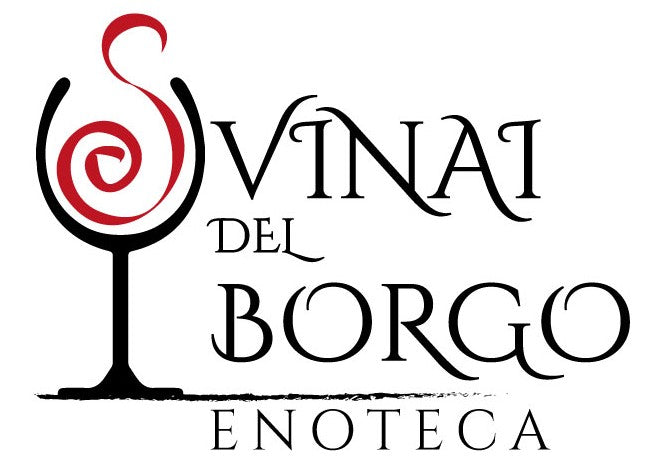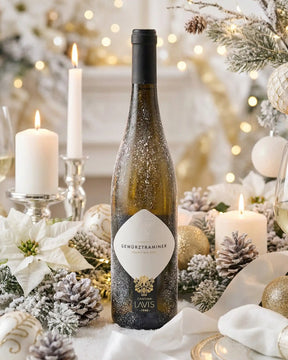CHOSEN EVERY DAY BY THOUSANDS OF CUSTOMERS WORLDWIDE:
 Fast Delivery
Fast Deliverywith Anti-Breakage Packaging
 Chosen and Guaranteed by Professional
Chosen and Guaranteed by Professional Tasters
 24/7 Customer Service
24/7 Customer Service
Our blog
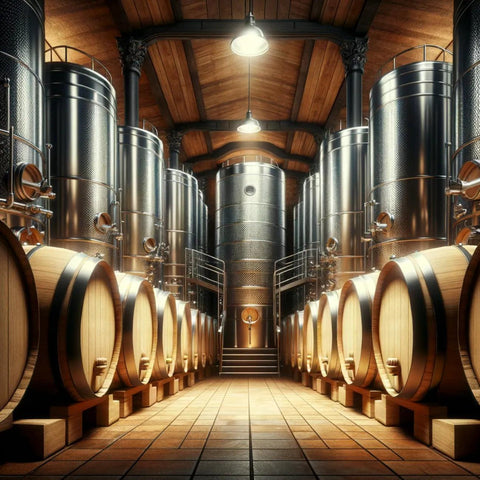
Explore the art of wine aging through a detailed analysis of the different techniques used to enrich the aromatic and flavor profiles of the wine. This article illustrates how methods such as the use of stainless steel, barriques, tonneaus, large barrels and amphorae influence the final result, giving winemakers essential tools to shape the identity of each wine. Discover the peculiarities of each method and how they contribute to creating unique and expressive wines, broadening the panorama of the wine world.
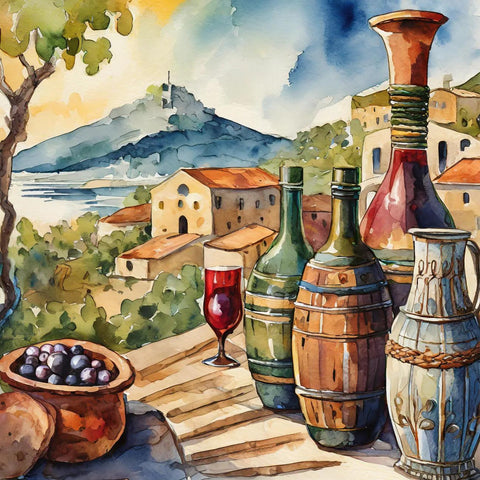
Sardinia, with its breathtaking landscapes and rich cultural history, is an unexpected winemaking paradise. This wonderful island, kissed by the sun and caressed by sea breezes, offers a mosaic of soils and microclimates, making it one of the most intriguing wine regions in Italy.
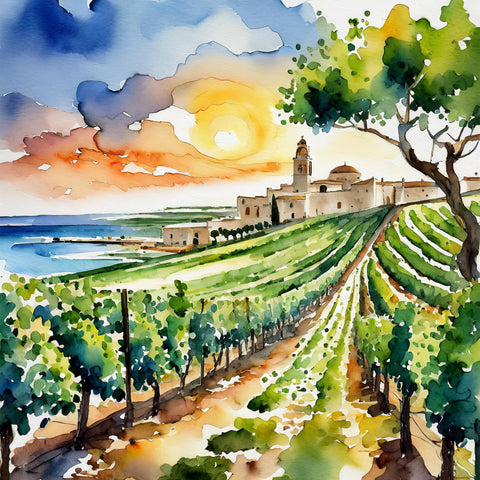
Primitivo di Puglia is a wine that embodies the cultural and oenological richness of the region, reflecting its history, tradition and innovation. This versatile grape variety, known for its intense aromatic and taste profile, adapts to different winemaking styles and gastronomic pairings. It represents a deep connection with the unique terroir of Salento and acts as Puglia's ambassador to the world.
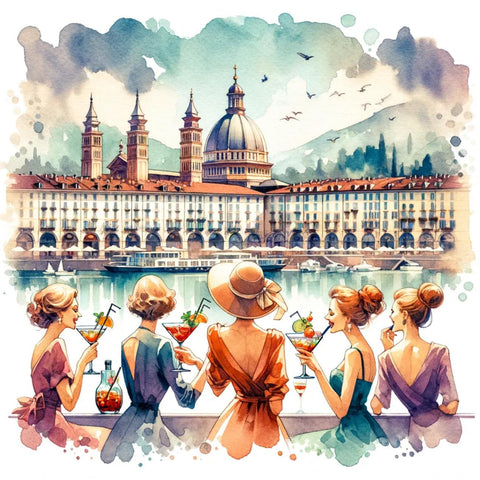
Vermouth, with its roots deeply embedded in a rich and fascinating history, serves as a bridge between the past and future of the mixology world. Originally developed as a medicinal tonic, it has evolved into a cornerstone ingredient for both classic and modern cocktails. This elixir, aromatized with herbs and spices, ranges from sweet to dry recipes, offering an incredible array of flavors. Its versatility makes it the star of iconic cocktails like the Martini and the Negroni, inspiring the creativity of mixologists who reinvent it in contemporary recipes. Each sip of Vermouth is a journey through centuries of tradition, an exploration of tastes that merges the sophistication of its origins with the bold experimentation of modern mixology. Perfect for evenings when one desires to sip on history, revisited through innovation.
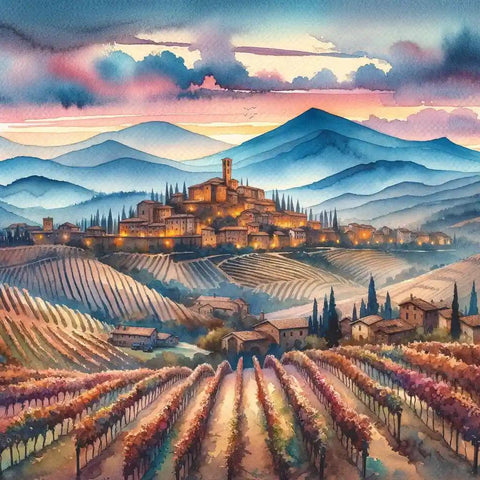
Aglianico del Vulture stands as a pillar of Basilicata's winemaking heritage, deeply rooted in the region's fertile volcanic soils. This robust red wine, born from the meeting of ancient history and refined vinification methods, tells the story of past civilizations, rich lands, and an unwavering passion for winemaking excellence. Through the strict regulation of DOC and masterful winemaking, each sip of Aglianico del Vulture becomes an experience that blends intense flavors and a rich cultural history.
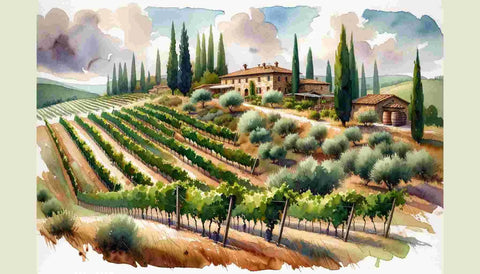
Emerging in the 1980s, Rosso di Montalcino represents a fresh expression of the Montalcino terroir. Made exclusively from Sangiovese grapes, it stands out for its accessibility and liveliness while maintaining qualitative excellence. This guide details its history, strict DOC regulations, and the vinification process, illustrating how Rosso di Montalcino has earned a distinguished place in the wine world.
